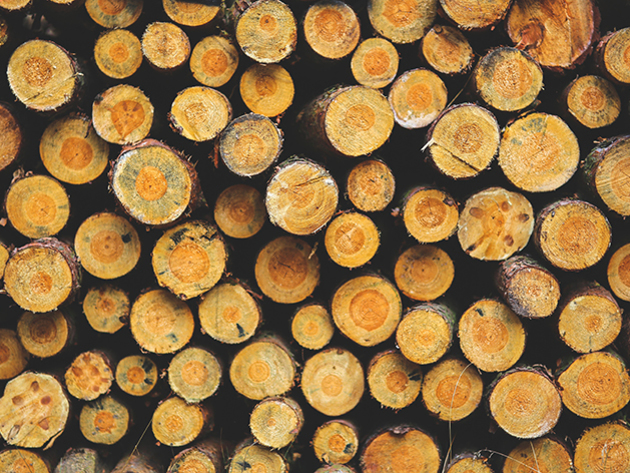All our timber is purchased from approved sustainable sources Crating Solutions are members of the Forestry Commission Scheme for Export Crates
We specialise in bespoke timber packing cases and crates built to an exceptional standard in accordance with BS 1133 and ISO 9001:2015. We take our environmental responsibilities very seriously and only procure timber from certified sustainable sources.
As a member of the Timber Trade Federation, Forestry Commission and Timcon, our aims are to deal with any waste properly and also assess the effects of using transport, consuming energy and to seek professional advice to reduce or minimise any harmful effect we have
We have a responsibility to our customers, suppliers and staff to ensure our material comes from well-managed forests and from suppliers who are operating in accordance with the laws of their country.
Working in partnership with our suppliers and customers we actively procure information about wood product sources, and seek from supplier's evidence of good forest management practice at source. We will continue to employ professional advisors in this capacity, ensuring that we always comply with legislation and constantly strive to improve our impact on the environment.

TIMBER PACKAGING AND THE ENVIROMENT
The Benefits of Using Timber Transit Packaging
Timber provides robust transit packaging that is kind on the environment. In the face of competition from alternative materials such as plastics and steel, wood remains the first choice material for most companies due to the exceptional economic, environmental and health and safety benefits that it provides.
Uniquely renewable and sustainable
Natural and organic
Environmentally friendly
Versatile and flexible
Strong and robust
Hygienic
A source of 'Carbon Neutral' energy
Easily repaired
Reusable
Recyclable
Cost-effective
THE CARBON CYCLE OF TIMBER TRANSIT PACKAGING
Excess Carbon Dioxide in the atmosphere is recognised as one of the primary causes to global warming. One of the key ways to help reduce the amount of Carbon Dioxide in the atmosphere and combat global warming is to plant and harvest more trees. The area of Europe's forests is growing at a rate equivalent to 100 football pitches every hour. By using more timber based products this rate can be increased, having further positive effects on the environment. In Europe, we currently produce around 400 million timber pallets, saving around 12 million tonnes of Carbon Dioxide each year.
Through the process of 'photosynthesis', trees absorb or 'sequester' harmful Carbon Dioxide from the atmosphere, using the Carbon to grow and releasing Oxygen back into the atmosphere.
Trees are able to sequester large quantities of Carbon Dioxide which remains locked in the wood until it decays or is burned. On average, as a tree grows, it will offset around 1 tonne of Carbon Dioxide and produce around 727 Kg of Oxygen per cubic metreWhen the tree decays or is burned, it releases the same amount of Carbon Dioxide back into the atmosphere that it has sequestered, therefore making it 'Carbon Neutral'.
Furthermore, timber transit packaging can be easily repaired, reused and recycled, extending the product life of the timber packaging and keeping harmful Carbon Dioxide locked in. When it reaches the end of it's useful product life, timber packaging can be burned and used as an alternative to fossil fuels in heat or power generation or shredded and
used by other industries e.g. animal bedding. Another positive effect of using timber over alternative materials such as plastics or metals is the production process. During manufacture and transportation, timber has a 'negative Carbon intensity' (around -25Kg).
This means that the amount of Carbon Dioxide sequestered during the production and transportation of the products outweighs the amount that the process produced. Plastics and metals have the opposite effect. CSL source all our timber from sustainable sources.
What does ISPM 15 mean?
It is the International Standard for Phytosanitary Measures. It’s aim is to reduce the spread of destructive organisms from one continent to another. This standard is applicable for all wooden packaging thicker than 6mm that is destined for countries outside of the European Community.
Interesting Facts about Wooden Packaging
More than half of all wooden packaging is now being recycled by the industry. This is significantly more than the recycling rate for plastic, aluminium and paper.
The trees used for making packaging are a harvested crop with cut trees replaced with new trees once they are used. Cut trees used for packaging lock away the absorbed carbon and newly planted young trees absorb more carbon than mature trees.
Many of our regular customers treat Crating Solutions UK Ltd as an extension to their own company, knowing that all the services we have to offer are just a phone call or email away.



The ISO 9001:2015 Scope is for the Manufacture of Softwood Crates ONLY






